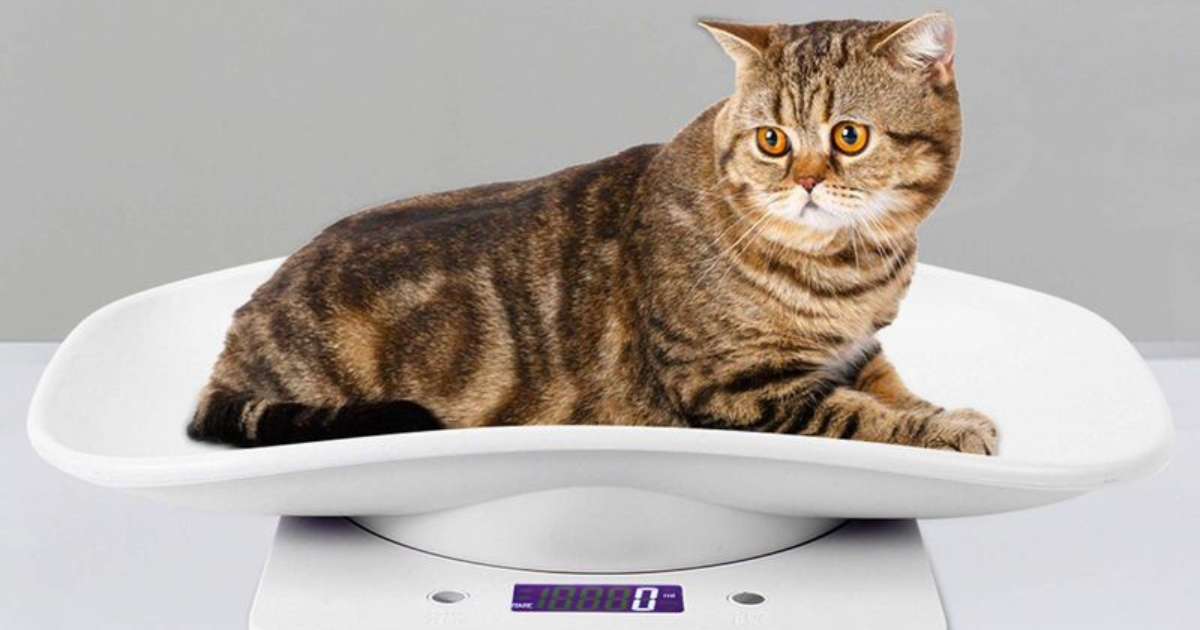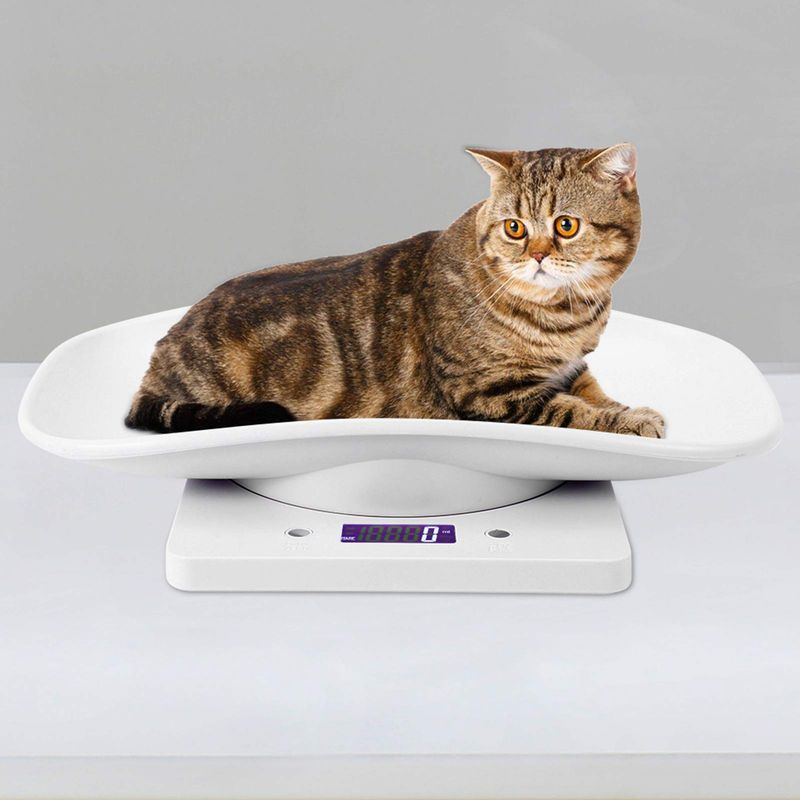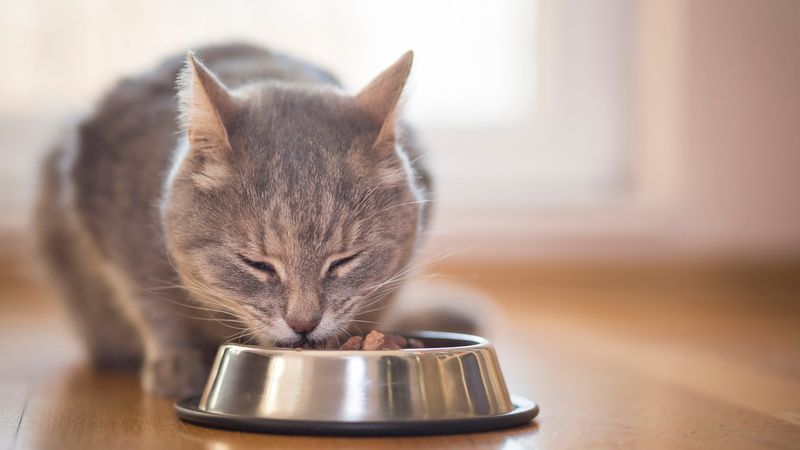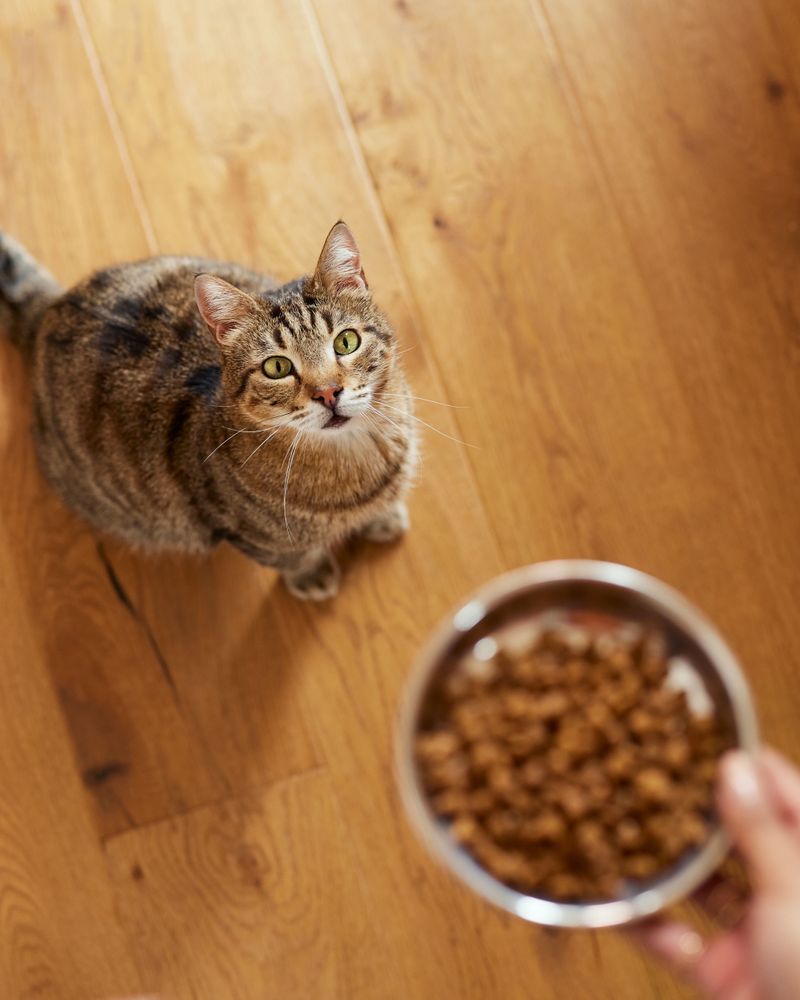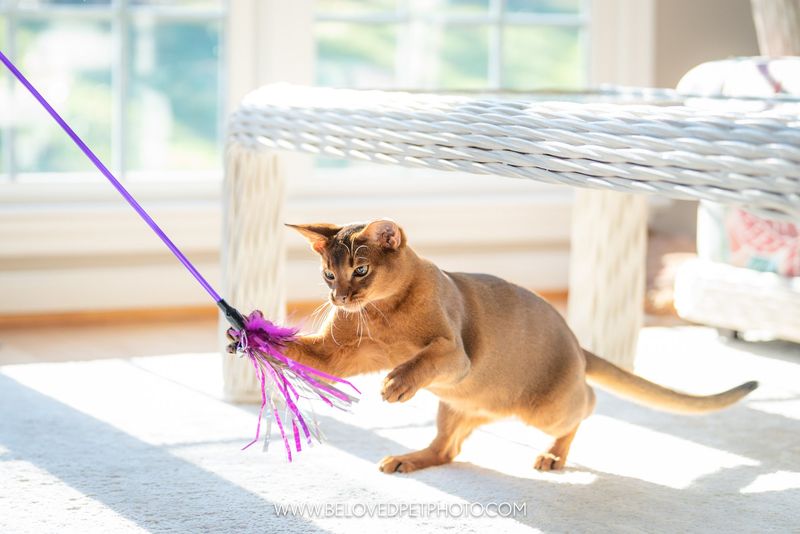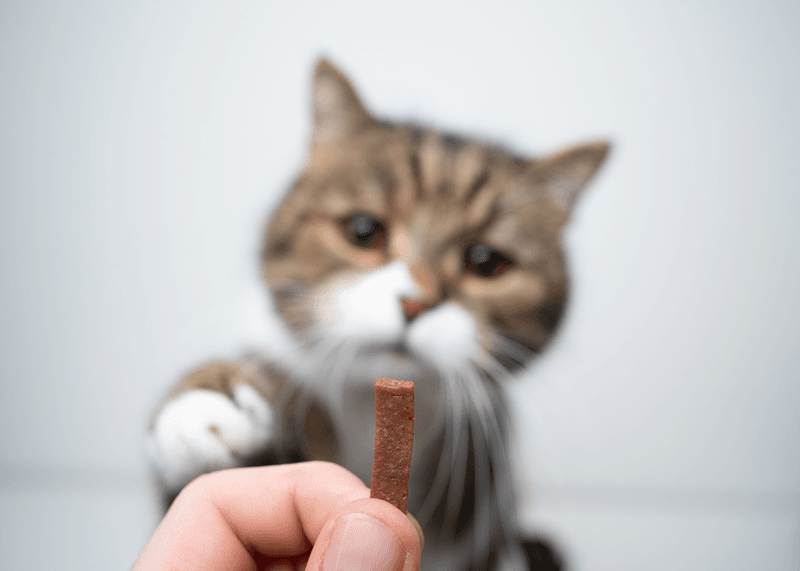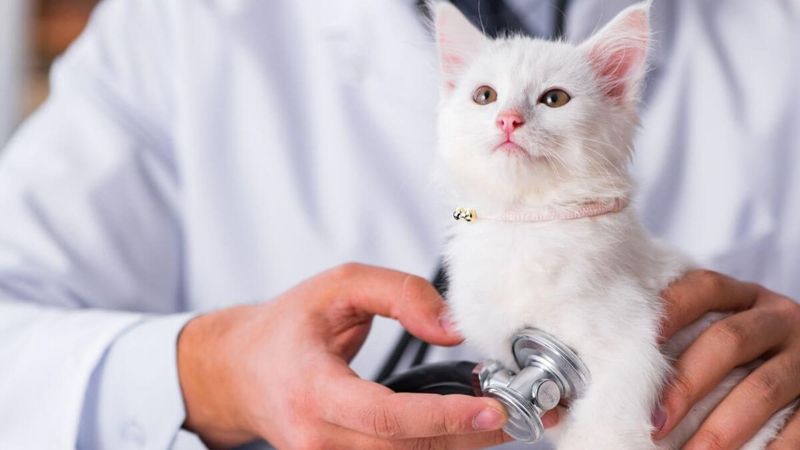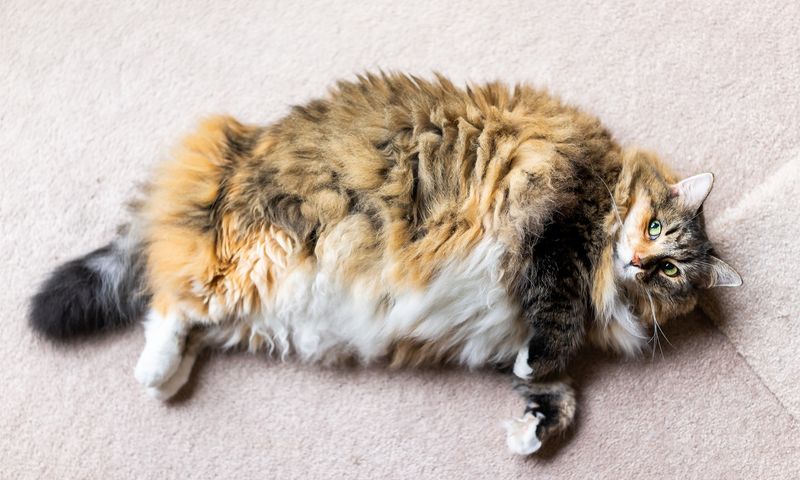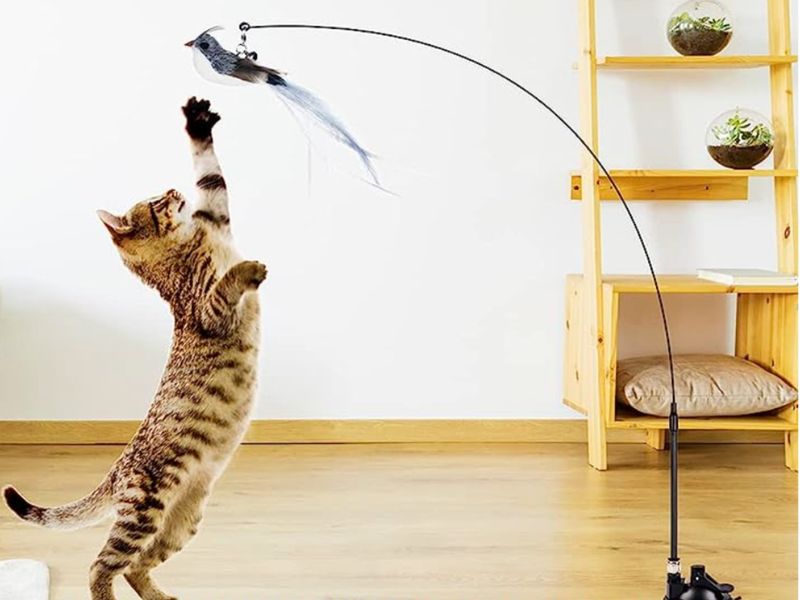📖 Table of Content:
As cat owners, we want nothing more than for our feline companions to live long, healthy, and happy lives. However, with their charmingly lazy naps and irresistible pleas for extra treats, it’s easy for our cats to tip the scale into unhealthy weight territory.
Obesity in cats is a growing concern that can lead to a host of health problems, including diabetes, joint pain, and reduced lifespan.
The good news? With a keen eye and a proactive approach, you can ensure your cat stays fit and fabulous.
Let us guide you through the telltale signs of feline obesity, its potential risks, and, most importantly, the 8 surefire ways to prevent obesity in cats to keep your kitty thriving for years to come.
1. Recognizing Weight Gain
It’s easy for cats to gain a few extra pounds, especially if they’re primarily indoor pets. The first step in tackling obesity is recognizing when your cat is gaining weight.
Observe your cat’s shape: a healthy cat typically has a noticeable waistline and ribs you can feel but not see. When this shape changes, it’s time to take action.
Regularly weighing your cat can provide insights into their weight trends. Use a home scale or visit your vet for accurate measurements. Keep a log to track any weight changes over time.
2. Balanced Diet
A balanced diet is vital for maintaining your cat’s ideal weight. Cats are obligate carnivores, meaning their diet should primarily consist of animal proteins.
Ensure your cat’s food is nutritionally complete, providing all essential nutrients without excess calories. Check labels for high-quality ingredients and consult your vet for dietary recommendations.
Feeding the right portions is equally important. Overfeeding can lead to weight gain, while underfeeding can result in nutritional deficiencies. Measure meal sizes according to your cat’s age, size, and activity level.
3. Portion Control
Controlling portion sizes is crucial for preventing obesity in cats. Cats, like people, can overeat if given too much food, especially if it’s palatable and easily accessible.
Start by measuring your cat’s food with a measuring cup. This simple step can prevent accidental overfeeding and helps maintain a consistent feeding routine.
If your cat is already overweight, consult with your vet to determine the appropriate portion sizes to encourage gradual weight loss. Adjustments should be made gradually to avoid digestive upset.
4. Regular Exercise
© Beloved Pet & Equine Photography
Exercise is an essential component in preventing obesity in cats. Encourage your feline friend to stay active with daily play sessions.
Engage your cat with toys like feather wands, laser pointers, or balls. These stimulate their natural hunting instincts and keep them moving.
Set aside dedicated playtime each day, aiming for at least 15-30 minutes of activity. Gradually increase this as your cat becomes more accustomed to regular exercise.
5. Monitoring Eating Habits
Monitoring your cat’s eating habits can help detect obesity early on. Cats are creatures of habit, and changes in their eating patterns can be a signal.
Observe if your cat eats all its food at once or grazes throughout the day. Sudden changes in appetite or eating speed can indicate underlying issues.
Feed your cat at consistent times each day to establish a routine. This predictability helps in monitoring how much they consume and signals when adjustments are needed.
6. Health Check-Ups
Regular health check-ups are vital for preventing and managing obesity in cats. A veterinarian can provide professional assessments and tailored advice.
During the visit, discuss your cat’s weight, diet, and activity levels. Your vet can identify any health issues contributing to weight gain.
These check-ups also offer an opportunity to adjust your cat’s diet and exercise plan as needed, based on their current health status and progress.
7. Understanding Body Condition
Understanding your cat’s body condition is essential for managing their weight. Body Condition Score (BCS) charts can guide you in assessing your cat’s physique.
A BCS chart rates a cat on a scale, typically from 1 to 9, where 4-5 is ideal. This visual tool helps you identify if your cat is underweight, overweight, or just right.
Use the chart regularly to monitor your cat’s body condition, and consult your vet if you notice any significant changes.
8. Creating a Safe Environment
A safe and stimulating environment can encourage an active lifestyle for your cat. This plays a crucial role in preventing obesity.
Create spaces where your cat can climb, jump, and explore. Indoor cats benefit from cat trees, shelves, and tunnels that promote movement.
If your cat has access to the outdoors, ensure the area is secure. A cat-friendly garden with climbing opportunities and safe plants boosts activity levels.
